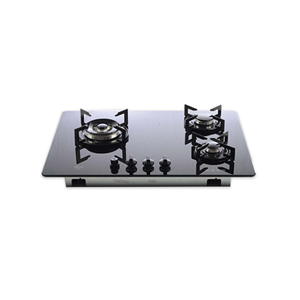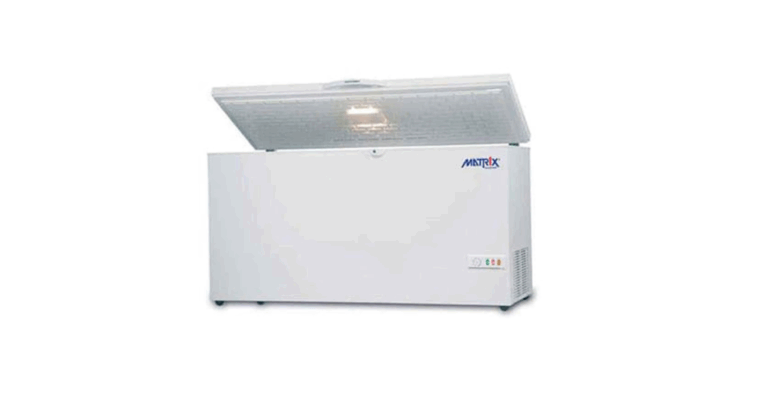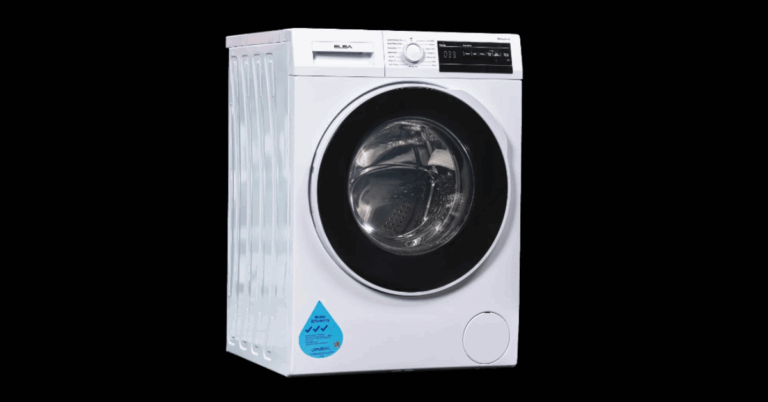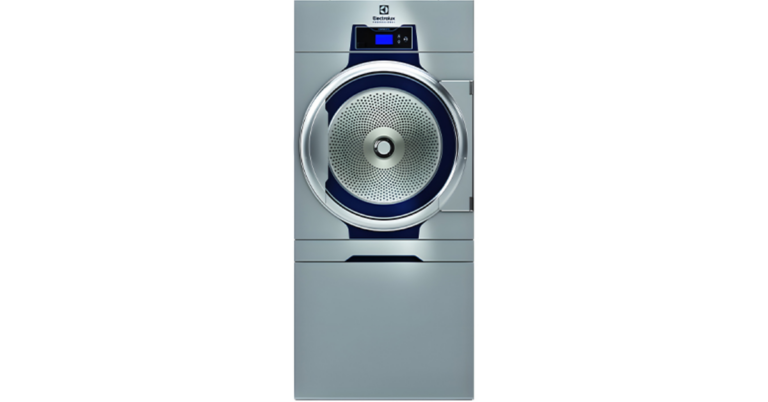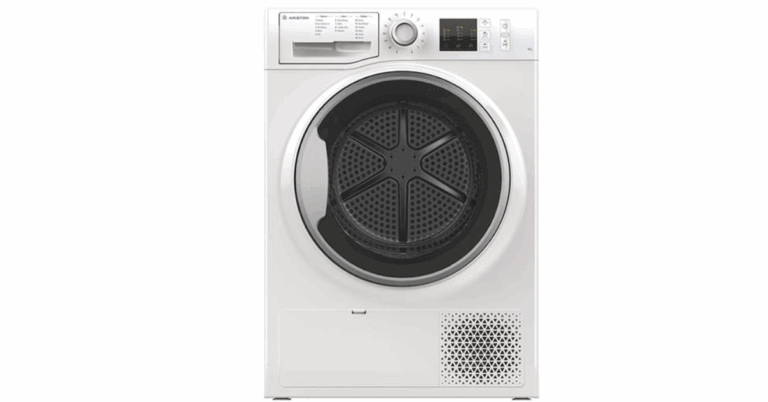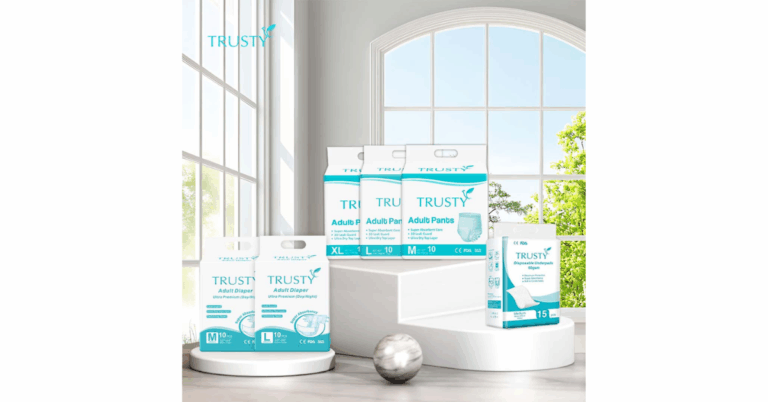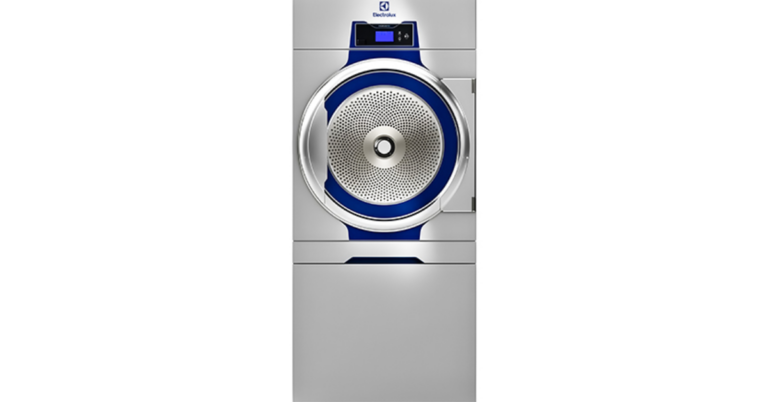Choosing the Best Kitchen Hood in Singapore: A Complete Guide
When designing or renovating your kitchen, one element that often doesn’t get the attention it deserves is the kitchen Hood Singapore also called a cooker hood, extractor hood, or range hood. In Singapore’s tropical climate and typically compact apartment layouts, a well-chosen kitchen hood can make a tremendous difference to comfort, hygiene, and indoor air quality. This article explores what to consider, common hood types, constraints in Singapore homes, and maintenance tips so that your kitchen stays fresh, safe, and stylish.
Why You Need a Kitchen Hood in Singapore Kitchen Hood Singapore
Cooking releases smoke, grease, steam, and odours. Without proper ventilation, these airborne particles can settle on walls, ceilings, cabinets, and appliances, leaving stickiness, yellowing, and lingering smells. Over time, they can degrade surfaces and build up grime that’s hard to clean. A kitchen hood mitigates these issues by capturing and redirecting or filtering these pollutants before they spread.
In Singapore’s high humidity environment, excess steam also contributes to moisture accumulation, which may encourage mould or mildew growth. A good hood helps reduce that burden and preserves the integrity of kitchen materials. Moreover, for open kitchen designs which are popular in many contemporary homes the right hood is critical to preventing cooking smells from permeating living and dining areas.
Finally, many cooking methods common in Asian households wok frying, stir-frying, deep frying generate more smoke and grease than Western stovetop cooking. That makes the role of a kitchen hood even more significant in Singapore than in some other countries.
Unique Constraints and Considerations in Singapore Homes
When selecting a kitchen hood in Singapore, you face a few special constraints and environmental factors:
1. Ducting limitations in HDB / condominium units
Many Singapore homes—especially HDB flats—restrict the ability to install external exhaust ducting that protrudes beyond the apartment boundary. In such cases, recirculation (ductless) hoods are often used. Homeowners sometimes cite concerns around building rules or structural feasibility when routing exhaust ducts outward.
However, recirculating models rely on activated charcoal filters to clean air before returning it indoors, which can be less effective at removing heat and moisture compared to ducted models.
2. Compact kitchen sizes
Singapore kitchens are often narrow or limited in space, so hood profiles must be slim or cleverly integrated. You’ll often favor slimline or under-cabinet models to preserve headroom and flow.
3. Noise sensitivity
Because many Singapore kitchens are adjacent to living or sleeping areas, the acoustic performance of a hood is critical. A model rated for lower decibels or with sound-dampening design is desirable.
4. Aesthetic harmony
With modern, minimalist, or integrated kitchen designs trending, homeowners often prefer hoods that blend into cabinetry—concealed units, built-in hoods, or models with retractable/sliding features.
Types of Kitchen Hoods: Pros and Cons
Here’s an overview of common hood types and when each might suit Singapore homes:
| Hood Type | Description | Advantages | Disadvantages / Suitability Notes |
|---|---|---|---|
| Chimney / Wall-mount | Mounted above stove on a wall, with a canopy and chimney duct | High suction, visible design, good for heavy cooking | Requires vertical ducting or correct routing; may not suit all layouts |
| Slimline / Telescopic | Compact models often extending outward when in use | Space saving, subtle when retracted | Lower suction capacity; better for lighter cooking |
| Island / Ceiling-mounted | Suspended from ceiling above a cooktop island | Good for open layouts and island cooking zones | Requires ceiling ducting; needs ample overhead clearance |
| Built-in / Under-cabinet | Integrated into overhead cabinetry or directly above stove concealed | Sleek look, preserves clean sight lines | Limited ventilation power in some models |
| Downdraft (pop-up) | Rises from countertop when in use, drawn downward | Invisible when off, modern aesthetic | Usually lower suction; works best in enclosed kitchens or with short duct runs |
According to Singapore home design guides, chimney hoods are popular for their robust performance, while slimline and inclined hoods are chosen for tighter spaces or lower ceilings.
When choosing, match your cooking habits with the hood type: for heavy frying or frequent high-heat cooking, choose a more powerful chimney or island hood if space allows. For occasional or light cooking, a slim or built-in variant might suffice.
Key Specifications and Features to Evaluate
To make a smart purchase, look beyond looks and consider these critical specs and features:
Suction / Extraction Rate
Measured in cubic metres per hour (m³/h) or cubic feet per minute (CFM). A higher extraction rate means more air is moved per unit time. Experts often recommend a hood that can exchange the air in your kitchen 8–10 times per hour. For open kitchens or heavy cooking, aim for 600 m³/h or more.
Noise (dB) / Sound Rating
Lower decibel ratings make for a more pleasant cooking experience, especially if the kitchen is near living spaces. Look for models that emphasize low-noise or sound insulation.
Filters and Maintenance
Hoods typically use grease filters (mesh or baffle) and, in recirculating models, charcoal filters for odour. Grease filters need periodic washing (often monthly or bi-monthly), while charcoal filters need replacement (e.g. every 6–12 months depending on use). The ease of removing and cleaning filters is a practical concern in daily use.
Control Features
Modern hoods offer touch controls, push buttons, remote control, or even smart app/voice control. Auto shutoff, heat sensors (adjust fan speed automatically), and delay timers are useful extras.
Lighting
Built-in LED lighting helps illuminate the cooktop. Some models offer dimmable or adjustable light levels. It’s better to have bright, energy-efficient lighting that’s easy to replace.
Construction & Finish
Look for materials that resist heat, grease, and corrosion stainless steel, tempered glass facades, coated finishes (e.g. oil-repellent paint) help reduce long-term wear and ease cleaning.
How to Choose the Right Hood for Your Kitchen
Here’s a step-by-step method to help decide:
Measure your cooktop width
The hood’s canopy (or effective width) should at least match, and ideally exceed, the width of your hob or stove.Estimate your kitchen’s volume and cooking load
Multiply floor area by height to get volume; choose a hood whose extraction rate can refresh that air sufficiently, factoring heavier loads if you cook often with high heat.Check ducting feasibility
If you can run ducting to outside walls or vertical shafts, a ducted (vented) hood will perform best. Otherwise, recirculating mode with charcoal filters may be the only option.Consider noise thresholds
Suppose family members use adjacent spaces during cooking (dining, living): opt for models whose noise output is under a comfortable threshold (say ≤ 60–65 dB on high speed).Design alignment
Choose a style that harmonizes with your cabinetry and kitchen theme concealed, chimney, slimline or glass-fronted.Ease of maintenance
Pick models with easily removable filters and surfaces that are accessible for cleaning.Brand, aftersales, warranty
In Singapore, reputable brands often provide reliable service support. Look for warranties and ease of servicing replacement filters or modules.
Maintenance Tips for Longevity
Regular filter cleaning
Wash grease or metal filters monthly (or more often if you fry frequently). This prevents clogging and preserves suction power.Replace charcoal filters
In recirculating hoods, replace activated charcoal filters every 6–12 months, or as recommended by the manufacturer.Clean exterior surfaces
Wipe down the hood body with non-abrasive cleaners regularly to avoid sticky grease build-up.Inspect ducting (if applicable)
For ducted systems, check ducts for blockages or grease accumulation annually to maintain airflow.Check fan and motor health
If the hood starts to emit funny noises or loses suction, inspect the fan blades (often coated in grime), bearings, or connecting ductwork.Follow manufacturer guidelines
Adhere to any specific recommendations in the user manual to maintain performance and warranty coverage.
Popular Hob-Hood Pairings and Market Realities in Singapore
Many Singapore retailers offer combinations of hob and hood appliances to simplify matching performance and dimensions. When you shop in Singapore, you’ll find:
Slimline hoods suited to recessed or overhead cabinetry.
Chimney or wall hoods with strong performance for more serious cooking.
Integrated hob-hood systems (venting hobs) where the extraction is built into the cooktop itself.
Large appliance stores and specialist kitchen appliance shops carrying top brands with varying product ranges and price tiers.
In reviews of Singapore’s best cooker hoods, common favorites include models with good suction (600–1,000 m³/h), quiet operation, and flexible ducting/recirculation modes.
Conclusion
A kitchen hood in Singapore is far more than a decorative accent—it’s a functional necessity to maintain air quality, protect your surfaces, and ensure a pleasant cooking environment. The constrained spaces, regulations around ducting, and compact layouts of Singapore homes make choosing the right hood more challenging—but not impossible.
By paying attention to extraction power, noise levels, filter maintenance, ducting feasibility, and design compatibility, you can pick a hood that fits your space, cooking style, and aesthetic preferences. With proper upkeep, your hood will serve as a silent guardian of your kitchen environment, helping you cook freely and breathe easier.

